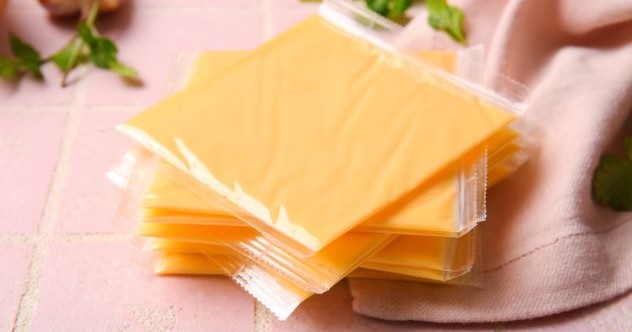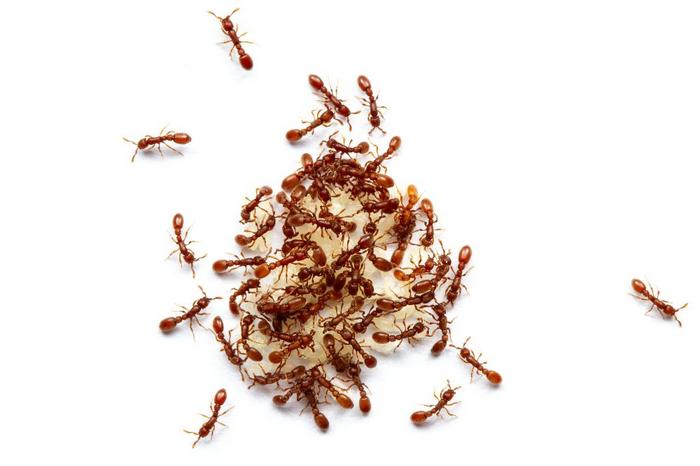Now Reading: 10 Surprising Facts About American Cheese
-
01
10 Surprising Facts About American Cheese
10 Surprising Facts About American Cheese

Quick Summary
- American Cheese Classification: American cheese is not considered “real cheese” by the FDA but is classified as “pasteurized process cheese,” made by blending cheeses wiht sodium citrate and other emulsifiers.
- Origin in Switzerland: The invention dates back to 1911 in Switzerland, where chemists Walter Gerber and Fritz Stettler developed processed cheese using sodium citrate for longer shelf life.
- Popularized by a Canadian: James Kraft, a canadian entrepreneur, perfected and marketed American cheese widely while residing in Chicago.
- Versatility of Ingredients: Any type of natural cheese can be transformed into processed American-style cheese by adding sodium citrate.
- Historical Distribution: In the 1980s, surplus government-made processed cheese was distributed to low-income households as part of federal aid programs during President Reagan’s administration.
- Coloring Practices: Originally white, American cheese gets its recognizable yellow hue from added dyes like saffron or marigolds meant to signify higher quality.
- Melting Properties: It has a low melting point due to preservatives, making it ideal for sauces and hot sandwiches but less suited for plain consumption.
- Cheese Accessibility Revolutionized: Processed methods reduced production costs, contributing significantly to making this dairy product affordable and widely available.
- Space Connection: In 2021,an astronaut requested her favorite American-style cheeses while stationed on the International Space Station.
Indian Opinion Analysis
The historical journey behind processed foods like American Cheese holds relevance for Indian food systems as they navigate modernity alongside tradition. In India-a country rooted in agricultural practices yet rapidly urbanizing-the growing prominence of processed dairy products could symbolize both affordability and ingenuity akin to what happened with American Cheese decades ago.
Advancements like emulsification (as used here) exemplify how science can address storage challenges inherent in perishable goods-perhaps reducing food waste across rural-to-city supply chains.
India’s dairy industry largely revolves around unprocessed forms such as paneer or ghee; yet lessons from global processing trends underscore opportunities within value-added sectors (like ready-to-eat cheeses). Simultaneously concerning are implications tied directly toward preserving authenticity versus yielding ground excessively toward commercial convenience.
Government interventions should carefully weigh parallels seen abroad during welfare programs/measures too ensuring mass benefits without diluting nutritional transparency whether amidst subsidy distributions

























